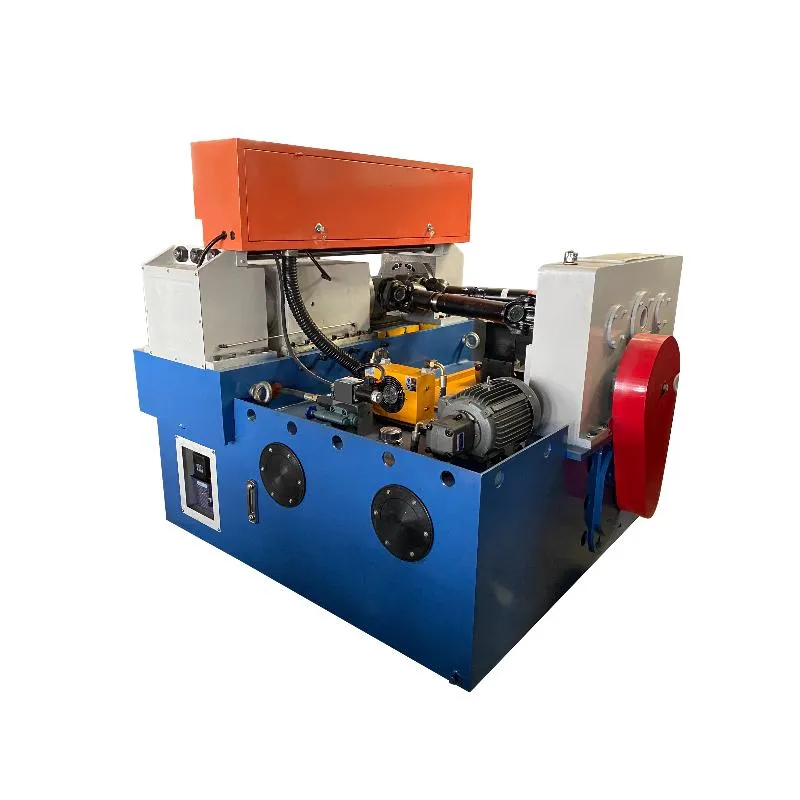
-
 Afrikaans
Afrikaans -
 Albanian
Albanian -
 Amharic
Amharic -
 Arabic
Arabic -
 Armenian
Armenian -
 Azerbaijani
Azerbaijani -
 Basque
Basque -
 Belarusian
Belarusian -
 Bengali
Bengali -
 Bosnian
Bosnian -
 Bulgarian
Bulgarian -
 Catalan
Catalan -
 Cebuano
Cebuano -
 Corsican
Corsican -
 Croatian
Croatian -
 Czech
Czech -
 Danish
Danish -
 Dutch
Dutch -
 English
English -
 Esperanto
Esperanto -
 Estonian
Estonian -
 Finnish
Finnish -
 French
French -
 Frisian
Frisian -
 Galician
Galician -
 Georgian
Georgian -
 German
German -
 Greek
Greek -
 Gujarati
Gujarati -
 Haitian Creole
Haitian Creole -
 hausa
hausa -
 hawaiian
hawaiian -
 Hebrew
Hebrew -
 Hindi
Hindi -
 Miao
Miao -
 Hungarian
Hungarian -
 Icelandic
Icelandic -
 igbo
igbo -
 Indonesian
Indonesian -
 irish
irish -
 Italian
Italian -
 Japanese
Japanese -
 Javanese
Javanese -
 Kannada
Kannada -
 kazakh
kazakh -
 Khmer
Khmer -
 Rwandese
Rwandese -
 Korean
Korean -
 Kurdish
Kurdish -
 Kyrgyz
Kyrgyz -
 Lao
Lao -
 Latin
Latin -
 Latvian
Latvian -
 Lithuanian
Lithuanian -
 Luxembourgish
Luxembourgish -
 Macedonian
Macedonian -
 Malgashi
Malgashi -
 Malay
Malay -
 Malayalam
Malayalam -
 Maltese
Maltese -
 Maori
Maori -
 Marathi
Marathi -
 Mongolian
Mongolian -
 Myanmar
Myanmar -
 Nepali
Nepali -
 Norwegian
Norwegian -
 Norwegian
Norwegian -
 Occitan
Occitan -
 Pashto
Pashto -
 Persian
Persian -
 Polish
Polish -
 Portuguese
Portuguese -
 Punjabi
Punjabi -
 Romanian
Romanian -
 Russian
Russian -
 Samoan
Samoan -
 Scottish Gaelic
Scottish Gaelic -
 Serbian
Serbian -
 Sesotho
Sesotho -
 Shona
Shona -
 Sindhi
Sindhi -
 Sinhala
Sinhala -
 Slovak
Slovak -
 Slovenian
Slovenian -
 Somali
Somali -
 Spanish
Spanish -
 Sundanese
Sundanese -
 Swahili
Swahili -
 Swedish
Swedish -
 Tagalog
Tagalog -
 Tajik
Tajik -
 Tamil
Tamil -
 Tatar
Tatar -
 Telugu
Telugu -
 Thai
Thai -
 Turkish
Turkish -
 Turkmen
Turkmen -
 Ukrainian
Ukrainian -
 Urdu
Urdu -
 Uighur
Uighur -
 Uzbek
Uzbek -
 Vietnamese
Vietnamese -
 Welsh
Welsh -
 Bantu
Bantu -
 Yiddish
Yiddish -
 Yoruba
Yoruba -
 Zulu
Zulu
Advanced High-Speed Thread Rolling Machines for Enhanced Efficiency and Precision in Manufacturing Processes
High-Speed Thread Rolling Machines Revolutionizing Manufacturing
In the rapidly advancing world of manufacturing, efficiency and precision are paramount. Among the numerous technologies that have evolved to meet these demands, high-speed thread rolling machines stand out as a critical innovation, transforming the way threaded components are produced. This article explores the significance, working principles, benefits, and applications of high-speed thread rolling machines.
Understanding Thread Rolling
Thread rolling is a cold forming process that creates helical threads by displacing material rather than removing it. This method offers several advantages over traditional machining processes, such as increased strength and improved surface finish. High-speed thread rolling machines enhance this process by significantly increasing production rates while maintaining high precision.
Working Principle of High-Speed Thread Rolling Machines
The core mechanism behind thread rolling machines involves the use of two or more hardened, rotating dies that apply pressure to a workpiece. As the dies turn, they shape the material into the desired thread profile. High-speed machines are designed to operate at elevated RPMs, allowing for rapid production cycles without compromising the accuracy or quality of the threads produced.
These machines can accommodate a variety of materials, including stainless steel, aluminum, and alloys, making them versatile for different applications. The automation integrated into modern high-speed thread rolling machines further enhances their capability, enabling manufacturers to achieve higher productivity levels with lower labor costs.
Benefits of High-Speed Thread Rolling Machines
high speed thread rolling machine

2. Cost-Effectiveness The cold-forming process minimizes material waste and energy consumption, translating to lower manufacturing costs over time. Additionally, the durability of rolled threads often reduces the need for secondary processing tasks.
3. Enhanced Strength Threads produced through rolling exhibit superior tensile strength compared to those created by cutting. This is due to the alignment of the grain structure in the material, which enhances the mechanical properties of the finished product.
4. Improved Surface Finish The rolling process typically results in a smoother surface finish, reducing the need for additional finishing processes that add time and cost to production.
5. Environmentally Friendly With reduced waste and energy usage, high-speed thread rolling aligns with the growing emphasis on sustainable manufacturing practices.
Applications of High-Speed Thread Rolling Machines
High-speed thread rolling machines find extensive applications across various industries. In the automotive sector, they are used to produce bolts, nuts, and other fasteners that require high strength and reliability. The aerospace industry also benefits from this technology, where precision-engineered components are critical for safety and performance.
Moreover, in the construction and industrial machinery fields, these machines play a vital role in creating threaded rods and anchors. Their ability to work with diverse materials also opens up opportunities in electronics, medical devices, and consumer products.
Conclusion
As manufacturing continues to evolve, high-speed thread rolling machines represent a significant advancement in the production of threaded components. Their ability to enhance production speed, reduce costs, and improve product quality makes them an invaluable asset in modern manufacturing. By investing in this technology, companies can not only streamline their operations but also gain a competitive edge in today's challenging market. As industries push for greater efficiency and sustainability, the integral role of high-speed thread rolling machines will undoubtedly grow, shaping the future of manufacturing.
